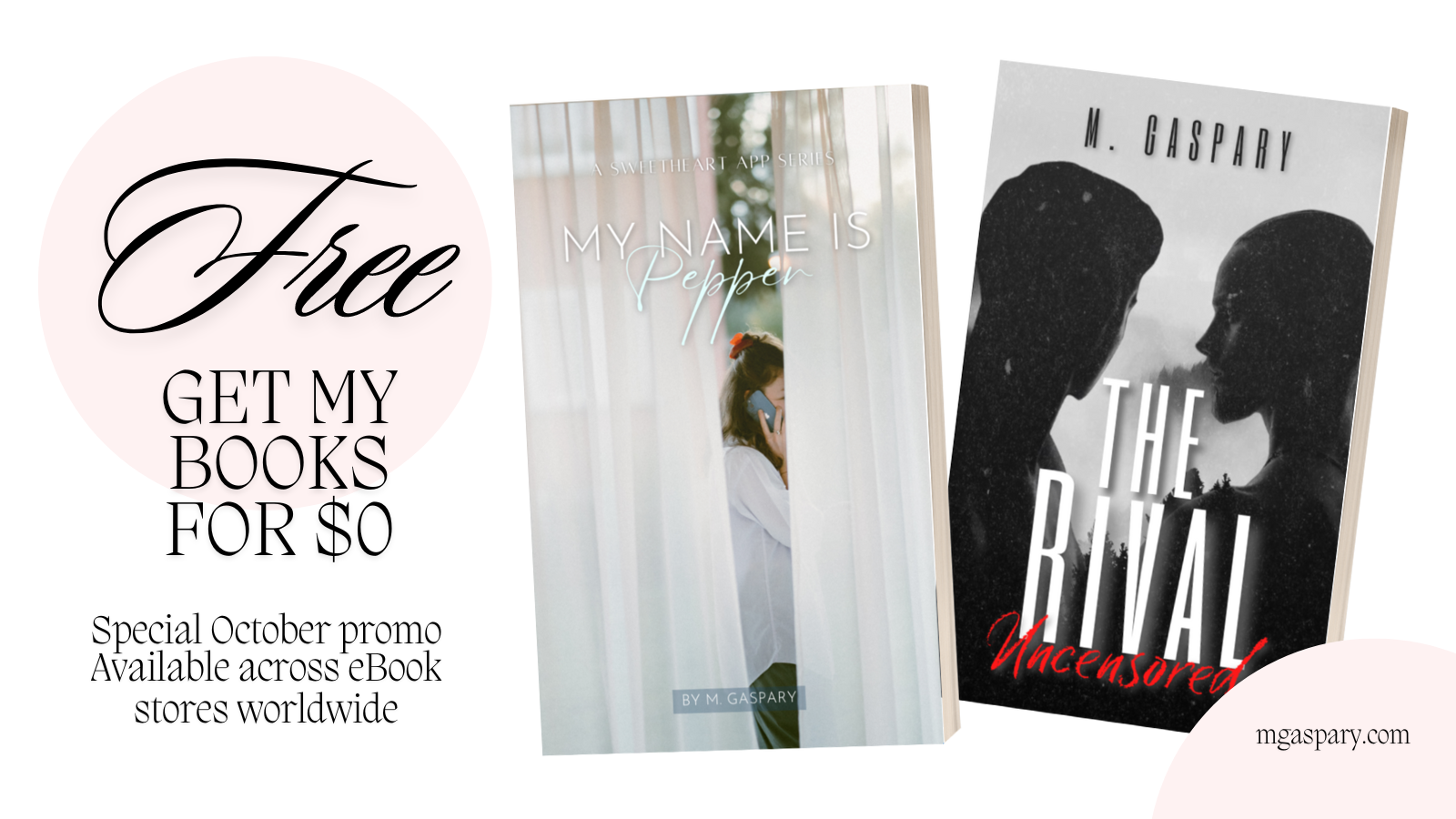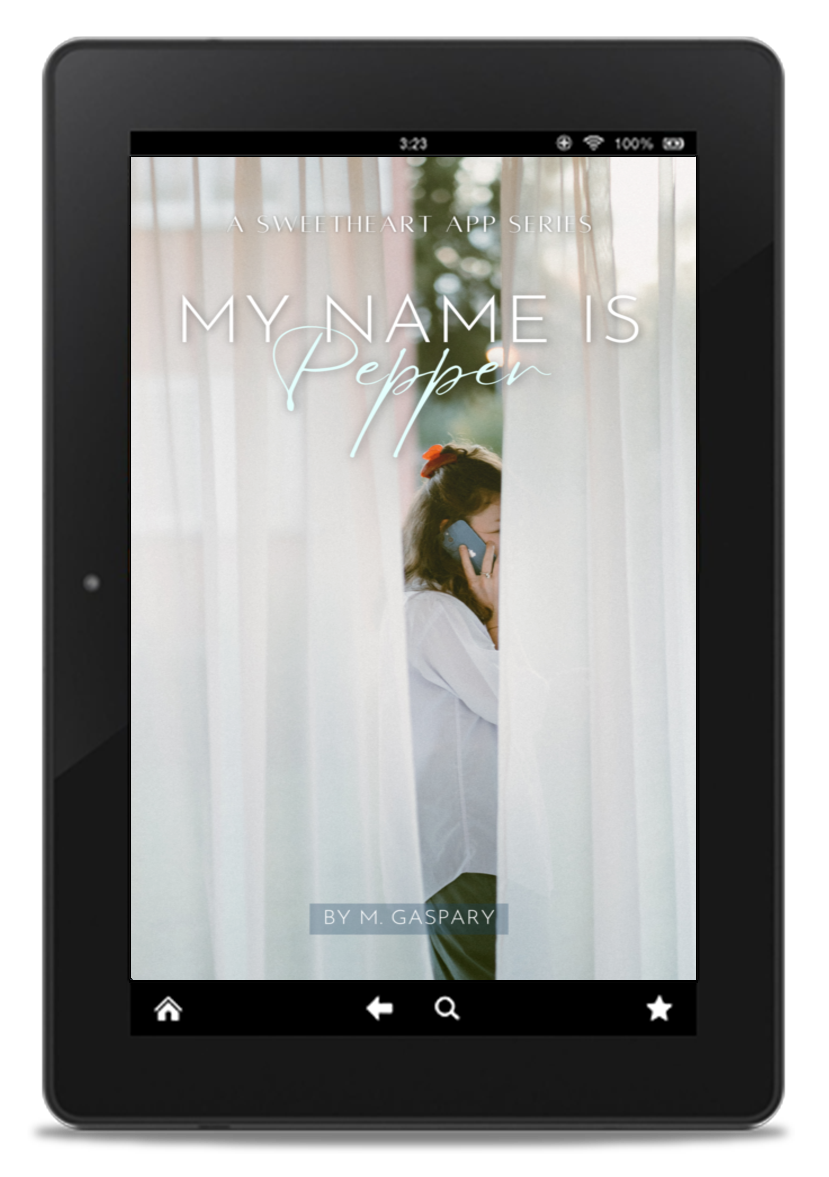Learning how to create unforgettable scenes for your novels takes a lot of dedicated practice. You need to master the basic storytelling techniques most experienced writers use to play around with so you can inherit the knowledge and magic they create with readers and incorporate these lessons in your own work. Continue reading >>
Table of Contents
- Why “The Plot Dot?”
- The Plot Dot: An Overview
- On Creating Unforgettable Scenes
- 8-Act Structure: Story’s Building Blocks
- What Matters Most in Crafting Great Stories from Scratch: My Final Note
Last night, I sat on the couch with my tab, reviewing the old files I’d downloaded years ago. At that time, I thought I could do digital decluttering by removing files that no longer serve me to free space for new ones.
While doing it, I found one PDF file, a full-text workbook, “The Plot Dot” by Derek Murphy, a bestselling author I’ve been following for years. So, I went through it and realized it would be an excellent resource for beginner novelists. With that said, now, I’ll be sharing his insights on how to create unforgettable scenes for your novels. If you like, you can check this book out on Amazon.

Why “The Plot Dot?”
What I like about his approach to teaching, especially in writing, is his ability to explain the most complex of ideas involved in the creation of great stories in a way that we all can understand. Even those who haven’t tried writing before will be able to catch on with what he’s trying to say without roaming around the bush.
Though the ideas aren’t new, in fact, based on what already exists, Murphy is able to highlight what’s basically basic. Even the no-know-hows can immediately engage with his explanations, which is a plus for me. As the book description says, “Writing a book doesn’t have to be so hard.”
Book description
Here’s an excerpt from “The Plot Dot” Amazon description:
“Whether you’re a pantser or a plotter, the guided exercises in this book will help you gain greater visual clarity, plot and outline your novel, edit and revise your first draft, and renew your enthusiasm for writing fiction.
‘The Plot Dot’ makes an excellent workbook for writing retreats, is simple enough for children to use (it’s never too early to write your first novel), and introduces a new and useful way to organize your book, improve your writing, and create unforgettable scenes that will make a deep and lasting impact.”
Goodreads reviews
Below are some of the reviews from real readers for his works:
“For any writer who wants to create sound, believable plotlines, this is your book. Murphy gives the tools to layout your scenes and organize your plot. He shows you how to “plant a red flag” in every scene, which he calls “Plot Dots.” Fantastic book. Invaluable information. THE PLOT DOT just made it to the top of my writing reference book list.”
Julie Kusma
“A brief but good guide for aspiring novelists of commercial fiction. I was relieved to find that after writing the bulk of my novel, I had already (inadvertently) followed the advice [sic] regarding plotting in this book. Saying that, this guide did give me more ideas about how to deepen the descriptions in some of my scenes, to ensure that they are highly visual and therefore, more memorable for the reader.”
Jo Cameron-Symes
“This is the most concise book on plotting [sic] I’ve read so far, but it’s packed with simple good ideas. I particularly like how the author talks about using visual cues in plotting and writing (I’m an artist, but this would be good advice for everyone). I think this is the book to get started with on how to out. This might be enough to get you through the book. If you want to get in the weeds, there are plenty of other good options out there. Can’t wait to read his new book on craft!”
Dirk Hooper
If you like to check out his work, you can go to his official author website and experience his generosity—the kind you would rarely encounter in modern times. I highly recommend you subscribe to his newsletter to receive more of his incredible writing resources. I’m a subscriber myself.
The Plot Dot: An Overview
“When I started writing fiction, I was surprised to discover the techniques I’d learned designing over a thousand book covers came in handy. I still needed to learn stuff like plotting, story architecture and character development, but there was one thing I seemed to be really good at: painting picture in reader’s minds.”
Derek Murphy
Let’s go back to his book “The Plot Dot,” a visual guide to help you map your story, creating an unmistakable bird’s eye view of the overall picture. When done right, you will save time and effort writing and pantsing, only to find yourself lost in the middle.
Again, this is a workbook; thus, expect a lot of white pages for you to work on, plus the option to print them out as templates for structuring your book (because this book is apparently unavailable in print). But on every page, you see instructions below specifically telling you what to do on that specific page and the following pages.
Which is a great thing, isn’t it? You learn best when you write your thoughts down because writing per se helps activate your unconscious and subconscious minds to work with you.
Sure, you can keep your mental notes; still, you need to find space to turn those thoughts into real, I mean the real world, like reality, tangible, physically written words that you and your friends and family and your future fans will read and understand and appreciate.
If that makes sense, Murphy tries to achieve a physically and actively engaging conversation with you, aligning that with what he’s teaching, which is why the subtitle says this book is a visual guide to plotting your stories. “A simple eight-step visual guide to plotting unforgettable fiction and writing a book readers love,” to be exact.
Since it’s visual, he’s showing you diagrams and step-by-step instructions to map your plot in such a way that you achieve much clarity about what you’re writing or planning to write at the end. I’ll show you some of them to give you more straightforward examples of what I’m exactly talking about.
An author’s mini-workshop for aspiring novelists
For a better understanding, you can think of this book as a workshop for an affordable cost (for a cup of coffee). Because this book doesn’t cost that much, you can have it in a Kindle version and have a copy in your hands in seconds. If you’re a beginner or haven’t written a novel before, this is definitely a great resource for you. Take it from personal experience. 😉
Here’s what you’ll expect to learn from this:
- Basic scene visualization techniques include recognizing light and dark contrasts in every scene, a humanizing element, a dash of color to focus your eye, and something that symbolizes the conflict in the scene.
- Knowing how to use a particular “flash of color” to provoke the reader’s feelings you want them to feel in each scene, from orange to red.
- Visualizing the bird’s eye view of your story through the 8-act structure

On Creating Unforgettable Scenes
I don’t want to go through the book in detail simply because I don’t want to spoil the experience. I want you to immerse yourself as he guides you through the step-by-step novel writing process, testing your patience as you continue to develop and craft your best story.
He simply wants you to achieve excellence in your work, so obviously, the best way to accomplish that is to be willing to actively participate in the activities with specific objectives prepared for each chapter.
For example, to develop great characters, you have to know how to draw them. I mean, you don’t have to sketch your character’s face if you don’t know how to draw.
What I’m saying is you have to outline the interesting traits or parts of their physical appearance, what particular trait or fashion choice stands out; how does that relate to the character’s creative self-expression, the meaning behind the expression, etc.

8-Act Structure: Story’s Building Blocks
When building the essential scenes in every story, you need to look at the 8-act structure, which comprises the following:
- Ordinary world (start with lack)
- Inciting incident (call to adventure)
- 1st plot point (point of no return)
- 1st pinch point (first battle)
- Midpoint (shift from victim to warrior)
- 2nd pinch point (second battle)
- 2nd plot point (dark knight of the soul)
- Final battle (triumph-knowledge)
Murphy, in his book, writes that whenever you think of story structure, you have to imagine being on training wheels. These wheels, if built right, will pave the way to mapping out the broad strokes of your masterpiece without losing your track. Thus creating a specific speed or momentum for your readers to anticipate the next set of events.
He also argues that learning a structure doesn’t limit the writer’s creativity; rather, it is helpful advice to save time and effort, which more than 90% of writers suffer from. To avoid this pitfall, he suggests writing fast and avoiding editing during this time. We’ll talk about that in a second.
Here’s another example: An excerpt from his work that shows you how to start building up the scene for your first act.
“Your First Act sets up your main character (MC) in their ordinary, mundane environment. You’ll introduce their friends and family members, their home, school or workplace, in the first few chapters. But you need to show what’s missing. You don’t want to start with a perfect, happy character who has everything (unless you’re going to take it all away, which is fine). You need to give them space to grow. Maybe they have unresolved emotional issues.”
Experienced pantsers can go scene by scene and work their way to the end, but especially if you’re working on your first novel, having a little structure can really help you reach the finish line.
Derek Murphy
On the following pages, you see three (3) empty pages with a little footnote asking you to draw the character’s ordinary world this time. You have to describe their environment and how it reflects their inner flaw. Knowing their favorite objects with meaning or sentimental value is a great way to introduce a “flash of color” into the scene. Lastly, you also have to be clear about the sources of conflict.
You can look at the free sample by clicking the image below.
What Matters Most in Crafting Great Stories from Scratch: My Final Note
Upon writing your first draft, Murphy also notes that you have to write and finish it quickly. That means avoiding editing in between or focusing on sentences. “If you get stuck, make a note and move on,” he says.
Though I may not completely agree with what he said, indeed, you don’t want to find yourself stuck editing and rewriting when you’re not even finished with the first draft.
Leave all those processes at the editor’s desk, not now. Not yet. At least, you have a structure to learn which is basically the same structure most experienced writers play around with, incorporating new storytelling techniques and a dose of artistic realism.
As a side note, I disagree with him simply because intuitive writing doesn’t follow a linear structure. It doesn’t allow me to consistently write 2,000 words per day, for instance. That means I didn’t write Chapter 1 with the expected Chapter 2. In most cases, I rely on visions, so it’s hard to define the map itself on the first day. Chapter 1 could be Chapter 3 someday, or Chapter 2 will move to Chapter 25.
In one interview, Stephen King said you will never picture out your book until it’s done. On the same note, I will not see the 8-act structure in my own work, as Murphy mentioned in his book until I begin writing the chapters.
Additionally, the concepts shown in this book aren’t new at all. This system has been used by great storytellers who have lived on earth for thousands of years. Imagine techniques used from Plato’s time to modern times, all combined. That’s what you have in your hands for free.
“[The Plot Dot] doesn’t deviate in any way from traditional structures, and what it does expand on in the book is so bare-minimum that he literally suggests you watch his YouTube videos to understand them better.”
Goodreads reviewer
If you want to check out his YouTube channel to understand this review better, click here.
Regardless, “The Plot Dot” provides an avenue for you to learn the exact system for building great stories in a visual form through step-by-step processes and writing activities embedded in his work. Here’s my Goodreads review.
Very last author’s note:
Looking for an additional novel writing resource? Check out his work “The Plot Dot” on Amazon and my Ultimate Writer Resources, which provides a list of the writing tools I use for my business and my craft. For longer discussions, you can also listen to the Writer Warriors Podcast on Spotify (and 8 other platforms).
If you’re curious about my published work, you can check out my latest book, “My Name is Pepper,” as an eBook and print across eBook stores worldwide. You can also subscribe to my newsletter to receive my latest updates, personal notes, which I only send to 400+ lovely readers.
For aspiring novelists or published authors, let me know your thoughts and feelings about Derek Murphy’s work in the comment section below. 🙂




Leave a Reply